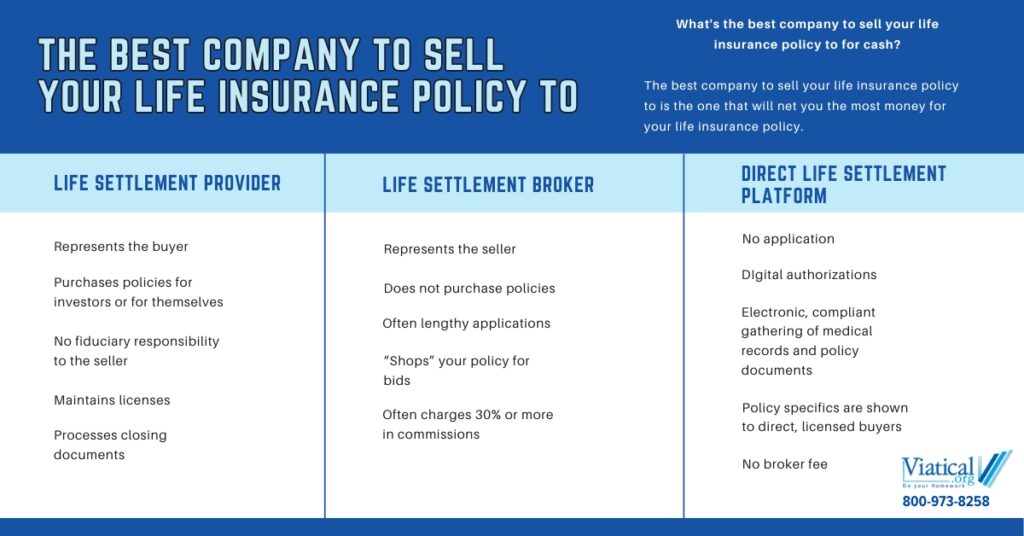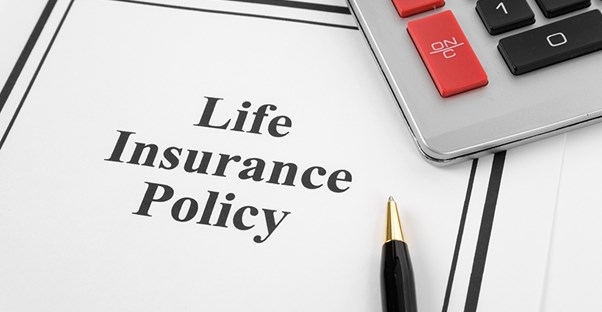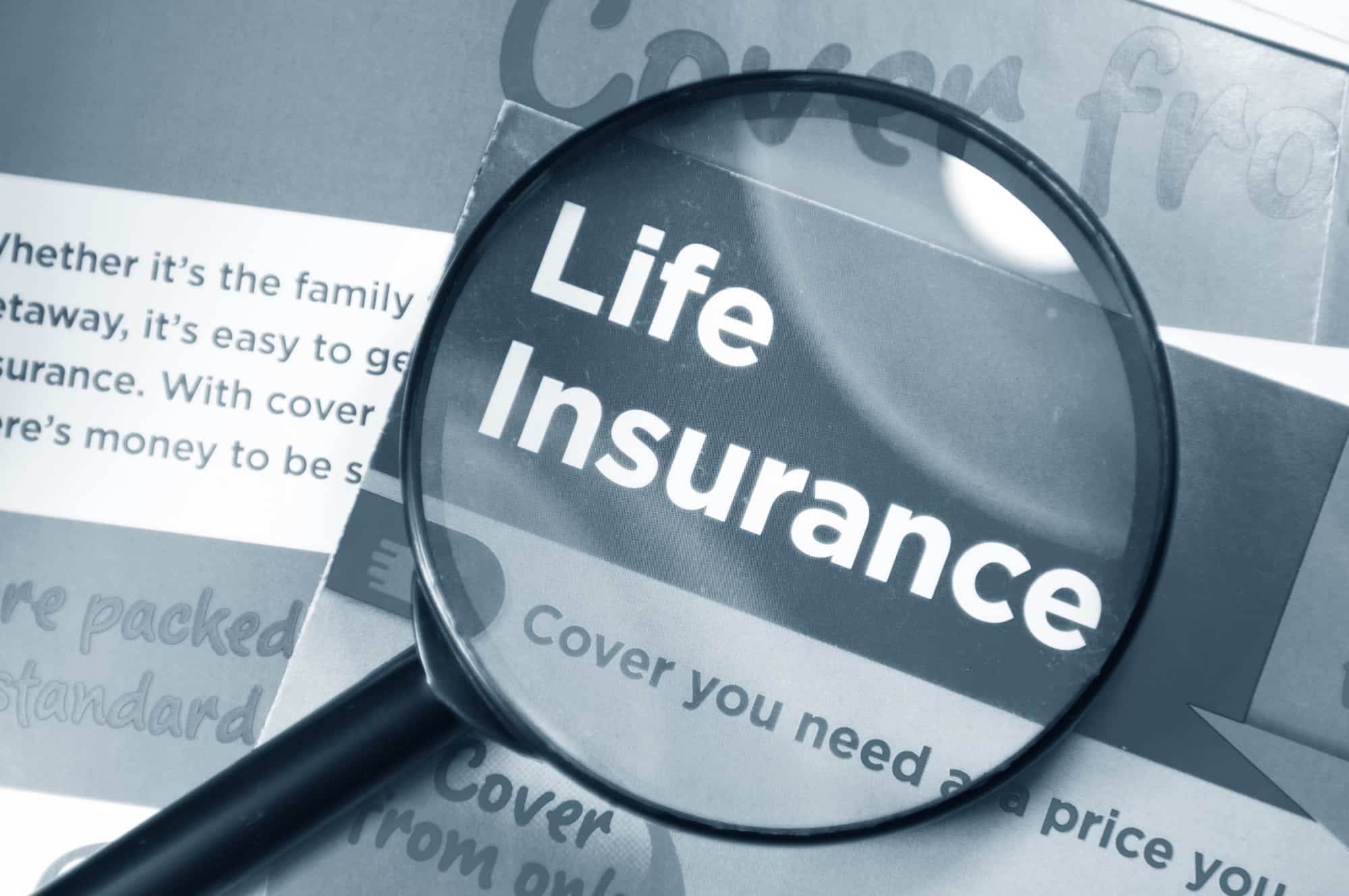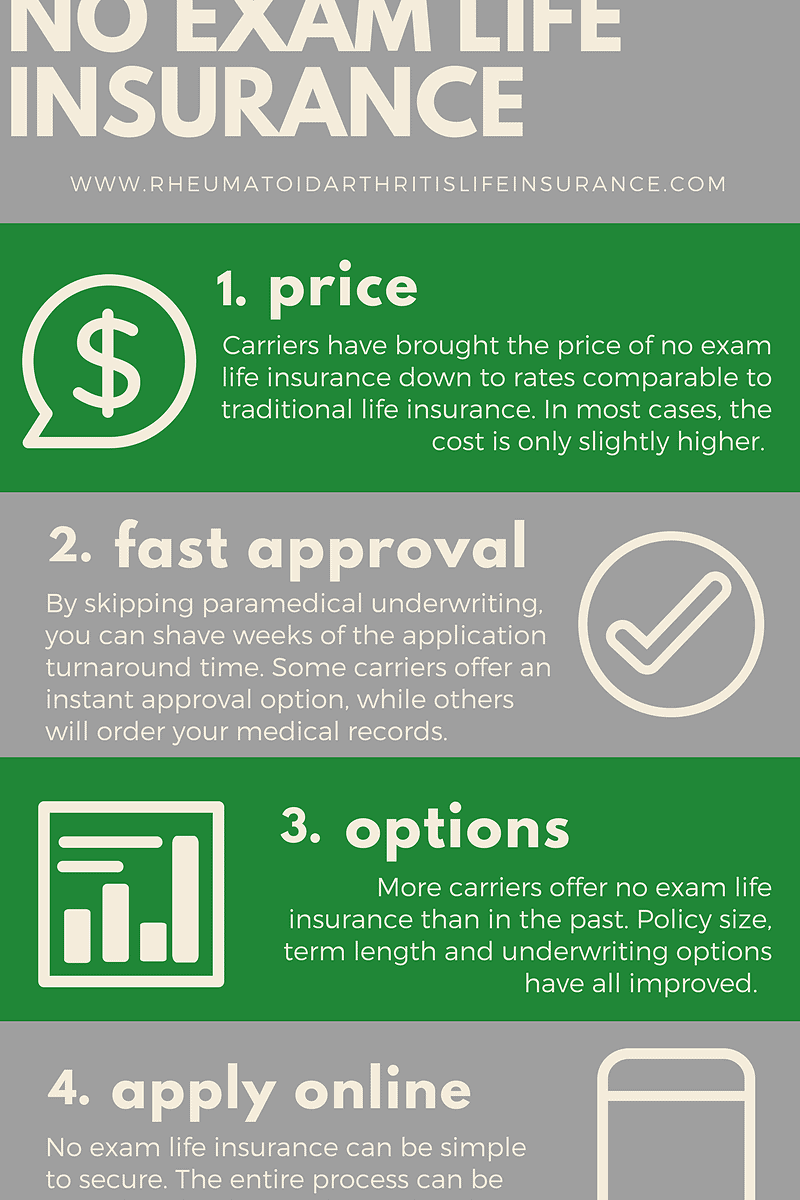Determining Fault in Multi-Car Accidents
When multiple vehicles collide, assigning fault can be a daunting task. Unraveling the sequence of events and identifying the responsible party requires a meticulous investigation. Unlike a simple two-car accident, multi-car pileups introduce a tangled web of variables that demand careful analysis.
To determine fault, investigators will dissect the physical evidence, including vehicle damage, skid marks, and road conditions. They’ll also scrutinize witness accounts, police reports, and any available video footage. The key lies in piecing together the puzzle, considering the actions and reactions of each driver involved.
Who Is at Fault in a Multi-Car Accident?
Identifying the at-fault party in a multi-car accident is paramount. Fault can be attributed to one or more drivers, and the legal consequences can vary greatly. Determining liability hinges on establishing negligence, which involves proving that a driver breached their duty of care and caused the accident.
Negligence can manifest in various forms, such as speeding, reckless driving, or failing to yield. It’s essential to remember that even a minor lapse in judgment can have catastrophic consequences. For instance, a driver who glances at their phone for a split second could end up plowing into another vehicle, setting off a chain reaction of collisions.
The burden of proof lies with the party claiming damages. They must demonstrate that the at-fault driver’s negligence directly led to their injuries or property damage. Establishing fault can be contentious, especially when multiple drivers share blame. In such cases, the courts may apportion liability based on each driver’s level of fault.
Navigating the aftermath of a multi-car accident can be a bewildering experience. If you find yourself involved in such an incident, remember to stay calm and prioritize safety. Contact the authorities immediately and seek medical attention if necessary. Documenting the scene with photos or videos can also prove invaluable in determining fault and pursuing insurance claims.
Determining Fault in Multi-Car Accidents
Figuring out who’s to blame in a multi-car pileup can be like solving a Rubik’s Cube—a complex puzzle with numerous factors to consider. The good news is that there are some initial steps you can take to help piece together the puzzle and establish the sequence of events.
Initial Steps
-
Gather Information: Like a detective on a crime scene, your first move should be to gather as much information as possible. This includes collecting police reports, witness statements, and insurance details. These documents will provide valuable insights into what transpired before, during, and after the accident.
-
Establish the Sequence of Events: Now it’s time to reconstruct the timeline of events, like a movie director piecing together a complex scene. Start by examining the physical evidence, such as the position of the vehicles, skid marks on the road, and any damage to nearby objects. Witness statements can also shed light on the sequence of events, but remember to take them with a grain of salt—memories can be subjective.
-
Consider Driver Actions: Were any drivers speeding, running red lights, or engaging in reckless behavior? These actions could play a significant role in determining fault. Even if a driver wasn’t directly involved in the initial collision, their negligence could still contribute to the overall accident.
-
Examine Road Conditions: Sometimes, it’s not a driver’s fault at all. Adverse weather conditions, poor road design, or faulty traffic signals can all contribute to multi-car accidents. If these factors were present, they could be considered mitigating circumstances when assessing fault.
-
Review Vehicle Maintenance: A well-maintained vehicle is less likely to cause an accident. If a vehicle’s brakes were faulty or tires were bald, the driver could be held liable for neglecting proper maintenance.
Multi-Car Accident: Who Is at Fault?
Determining fault in a multi-car accident can be a complex and challenging task. With multiple vehicles involved, it’s crucial to establish negligence and identify the party or parties whose actions directly or indirectly caused the collision.
Establishing Negligence
Negligence is the legal principle that holds an individual or entity responsible for harm caused by their careless or reckless actions. In the context of a multi-car accident, negligence may be established by proving that one or more drivers:
- Violated traffic laws, such as speeding, running red lights, or failing to yield.
- Engaged in distracted driving, such as texting, talking on the phone, or adjusting the radio while operating a vehicle.
- Made improper lane changes without signaling or checking blind spots.
Determining Fault
Establishing negligence is just the first step in determining fault. The next step involves assessing the actions of all parties involved and determining which one(s) were the proximate cause of the accident.
-
Contributory negligence occurs when multiple parties share responsibility for an accident. In such cases, fault is apportioned among the negligent parties based on their level of fault.
-
Sole negligence occurs when one party is found to be entirely responsible for an accident.
Determining fault in a multi-car accident can be a complex and challenging task, often requiring the expertise of an attorney to analyze evidence, interview witnesses, and negotiate with insurance companies.
Who Is at Fault in a Multi-Car Accident?
When you’re involved in a car accident, it can be tough to figure out who’s at fault. This is especially true if multiple vehicles are involved. In these cases, determining liability can be a complex and challenging task.
Factors to Consider
When determining fault in a multi-car accident, several factors are taken into account, including:
- The actions of each driver: What each driver did or didn’t do leading up to and during the accident is crucial in determining fault.
- Traffic laws: Did any driver violate any traffic laws, such as running a red light or speeding?
- Witness statements: Eyewitness accounts can provide valuable information about what happened.
- Physical evidence: The damage to the vehicles and the scene of the accident can also help determine who is at fault.
Multiple At-Fault Parties
In some cases, multiple drivers may share fault, with each party held liable for their percentage of responsibility. For instance, if one driver runs a red light and collides with another car, but the other car is also speeding, both drivers may be found at fault.
Determining Percentages of Fault
When multiple parties are at fault, the percentage of fault assigned to each driver will vary depending on the specific circumstances of the accident. This percentage will then be used to determine each driver’s liability for damages.
Dealing with Insurance Companies
After a multi-car accident, you’ll need to deal with the insurance companies involved. Each insurance company will investigate the accident and determine who they believe is at fault. If there is a dispute over fault, the insurance companies will likely need to negotiate a settlement.
A Complicated Process
Determining fault in a multi-car accident can be a complicated and time-consuming process. However, it’s important to remember that you have rights. If you’ve been involved in a multi-car accident, it’s important to speak to a personal injury attorney to discuss your legal options.
Who’s to Blame? Navigating the Maze of Multi-Car Accidents
After the dust settles and the screeching of metal fades, the aftermath of a multi-car accident leaves behind a cloud of confusion and questions. Figuring out who’s at fault becomes a crucial step in determining liability and ensuing compensation. The legal landscape can be complex, varying from state to state, but here are a few key concepts that can shed light on this often-murky issue.
Comparative Negligence
In some jurisdictions, the legal system employs a comparative negligence model. This means that each driver’s compensation is diminished in proportion to their share of fault. For example, if you’re found to be 20% at fault, your compensation will be reduced by that percentage. This system aims to distribute blame fairly and ensures that no one party bears the brunt of the accident’s consequences if they’re not predominantly culpable.
Contributory Negligence
In contrast to comparative negligence, certain jurisdictions adhere to the contributory negligence rule. Under this principle, if you’re found to have contributed to the accident in any way, regardless of how minor, you’re barred from receiving any compensation. This approach is much less forgiving than comparative negligence and can result in victims being left financially responsible for their injuries, even if another driver was primarily at fault.
No-Fault Insurance
Some states have adopted no-fault insurance systems, designed to streamline the compensation process. Under this system, drivers file claims with their own insurance company, regardless of who caused the accident. This eliminates the need to establish fault, potentially reducing delays and disputes. However, the downside is that compensation may be limited, and victims may not be fully reimbursed for their expenses.
Proving Fault
Establishing fault in a multi-car accident requires careful investigation and documentation. Police reports, witness statements, and physical evidence are crucial in piecing together the events leading up to the crash. Your attorney will play a pivotal role in gathering this evidence and building a strong case to prove the other driver’s negligence or fault.
Seeking Legal Guidance
Navigating the complexities of a multi-car accident can be overwhelming. Seeking the guidance of an experienced attorney is essential to protect your rights and ensure you receive fair compensation. An attorney can assess your case, determine the applicable laws, and aggressively pursue your claim on your behalf.
Multi-Car Accident: Who’s at Fault?
Picture this: you’re driving down the road, minding your own business, when suddenly, out of nowhere, you’re involved in a multi-car accident. It’s a chaotic scene, with twisted metal, shattered glass, and shaken drivers everywhere. And now, you’re left wondering: who’s at fault?
When it comes to multi-car accidents, determining fault can be a tricky business. With multiple vehicles and drivers involved, it’s often difficult to pinpoint exactly how the accident happened and who caused it. But don’t worry, we’re here to help. In this article, we’ll walk you through the steps you need to take to determine fault in a multi-car accident, and we’ll provide you with some tips for dealing with the insurance companies.
**Insurance Coverage**
One of the first things you should do after being involved in a multi-car accident is to notify your insurance company. They will be able to help you determine coverage and liability, as well as provide you with a claims adjuster who can assist you with the process.
When you contact your insurance company, be sure to provide them with as much information as possible about the accident, including:
- The date, time, and location of the accident
- The names and contact information of the other drivers involved
- The make, model, and license plate numbers of the vehicles involved
- A description of the accident
- Any witnesses who may have seen the accident
Your insurance company will then investigate the accident and determine who is at fault. If you are found to be at fault, your insurance company will be responsible for paying for the damages caused by the accident. However, if you are not found to be at fault, the other driver’s insurance company will be responsible for paying for the damages.
**Determining Fault**
Determining fault in a multi-car accident can be a complex process. The police will typically investigate the accident and prepare a report, which will include their opinion on who is at fault. However, the police report is not always binding, and the insurance companies may have their own opinions on who is at fault.
Ultimately, it is up to the insurance companies to determine who is at fault. They will consider a variety of factors when making this determination, including:
- The police report
- The statements of the drivers involved
- The statements of any witnesses
- The physical evidence from the accident
The insurance companies will weigh all of this evidence and make a determination on who is at fault. If they cannot agree on who is at fault, they may go to court to resolve the matter.
**Dealing with the Insurance Companies**
Dealing with insurance companies after a multi-car accident can be a frustrating experience. The insurance companies will often try to minimize your claim or even deny it altogether. However, there are some things you can do to protect your rights:
- Be prepared to provide the insurance company with all of the information they request.
- Don’t sign any documents or agreements until you have had a chance to review them with an attorney.
- If you are not satisfied with the insurance company’s decision, you can file a complaint with the state insurance commissioner.
Remember, the insurance companies are not on your side. They are in business to make money, and they will do everything they can to minimize their payout. So, it’s important to be prepared and to protect your rights.
Multi-Car Accident: Who’s at Fault?
Determining fault in a multi-car accident can be a daunting task. The aftermath of a chaotic collision often leaves victims and insurers alike wondering who’s responsible for the damages and injuries. This article aims to provide a comprehensive guide to help you navigate the complexities of multi-car accident fault determination.
Factors Determining Fault
Establishing fault in a multi-car accident requires a thorough investigation of the following factors:
Common Causes of Multi-Car Accidents
Multi-car accidents can result from various causes, including:
Determining Proportional Fault
In some cases, multiple parties may share responsibility for a multi-car accident. In such situations, the concept of proportional fault comes into play. Each party is assigned a percentage of fault based on their contribution to the collision. This determines the proportion of compensation they are liable for.
Legal Representation
In complex multi-car accident cases, it’s highly advisable to consult with an experienced attorney. They can help protect your rights, gather evidence, negotiate with insurance companies, and represent you in court if necessary. Remember, an attorney can guide you through the legal maze, increasing your chances of obtaining fair compensation for your injuries and damages.




Leave a Reply